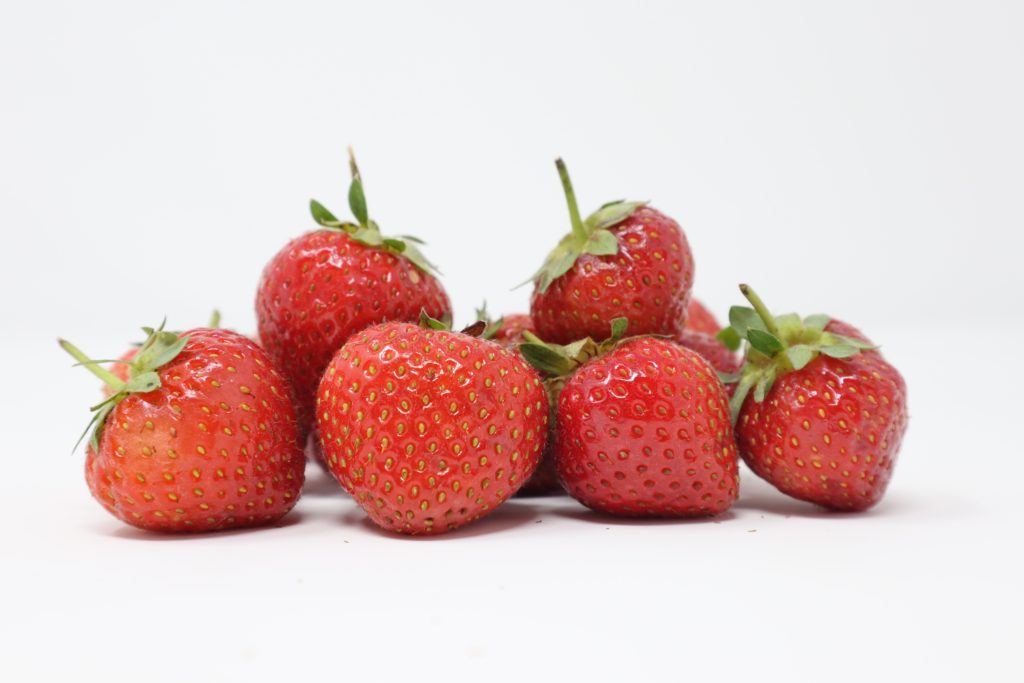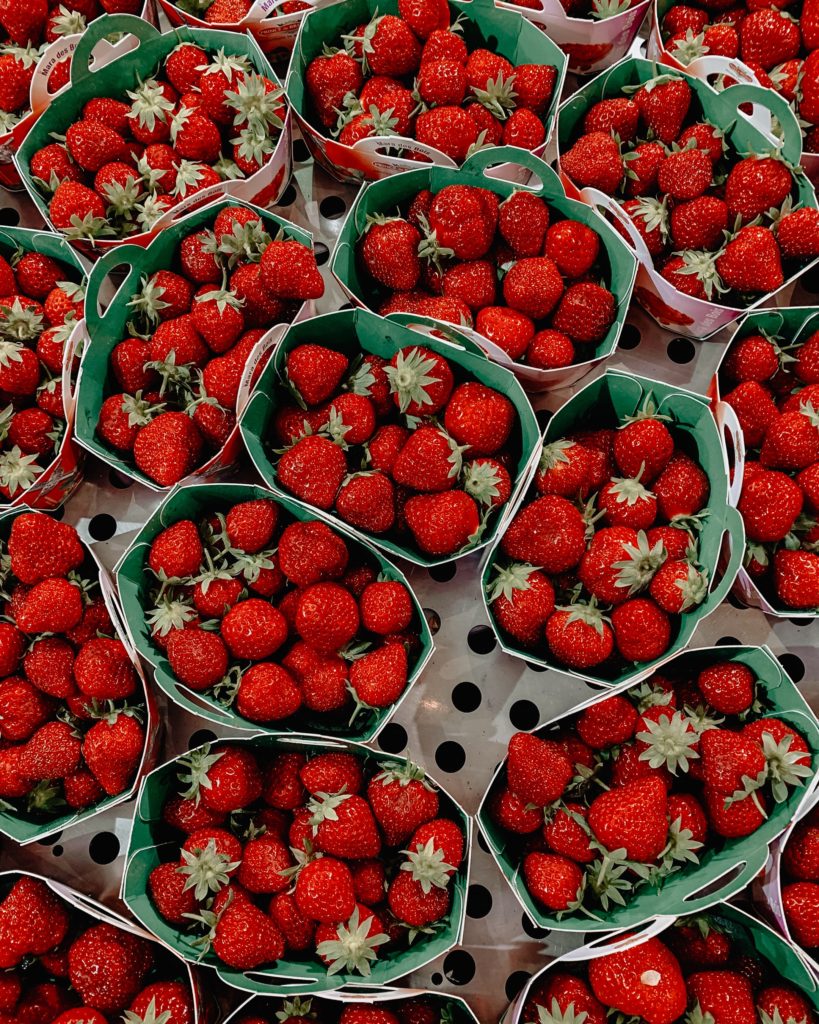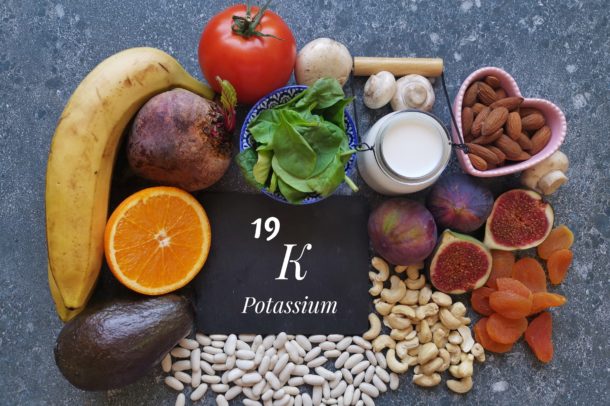Submitted by Fiona Bellefeuille, Registered Dietitian, Certified Diabetes Educator
If you have high blood levels of potassium you probably know that bananas, oranges, potatoes, and tomatoes are high in potassium But, what other foods can increase your blood potassium?
This blog will explore how much potassium is in our food so that you can make better choices to lower your blood potassium levels.
Almost everything that we eat contains potassium, however, some foods contain higher concentrations than others. Generally speaking, we can classify foods into low, medium, or high levels of potassium. Low foods would be a food that contains less than 150 mg of potassium, medium foods would contain 150 to 250 mg of potassium and high foods are greater than 250 mg of potassium. Unfortunately, lists of potassium content of foods are often contradictory depending on what amount of potassium they have used as a cutoff point. For example, some lists may have peaches as high potassium where others list them as low potassium. If the potassium in your blood is high, you would usually be advised to limit your potassium intake to 2,000 mg a day. If you’re eating a medium sized peach, it will contain 285 mg of potassium, which is 14% of your daily limit. But remember that most of the other foods you’ll also eat throughout the day will contain potassium as well.
Most people don’t think about grain, meat or dairy foods having large amounts of potassium, but depending on the serving size, they can. Here is a little quiz to test your potassium knowledge.
Quiz
Which of these foods do you think has the most amount of potassium?
- 1 glass of milk (8 oz / 250 ml)
- 1 banana, medium
- Steak, cooked (6 oz / 170g)
- 1 glass coconut water (8oz / 250 ml)
- 1 glass orange juice (4 oz / 125 ml)
See the end of the blog for the answer.
Other foods that are high in potassium
Many other foods have high concentrations of potassium and may need to be limited if you are following a low potassium diet. Meat, poultry, and fish have high levels of potassium, especially in large portion sizes. For example, a 6 oz pork chop has 600 mg of potassium. Dairy products such as milk, yogurt and ice cream are also high in potassium. Some grains, like quinoa, have a high potassium content as well. One cup of cooked quinoa has 336 mg of potassium compared to 1 cup of brown rice, which only has 88 mg of potassium. So instead of quinoa, opt for grains such as rice or bulgur, to lower your potassium intake.
Below is a list of some high potassium foods that you may need to limit. For more information on the potassium content of food items, you can search the Canadian Nutrient File
| Food item | Serving size | mg Potassium |
| Grains and starches | ||
| French fries (fast food) | Medium | 776 |
| Quinoa | 1 cup / 250 ml | 336 |
| Protein foods | ||
| Pork chop | 6 oz / 170 g | 600 |
| Hamburger (fast food) | Double patty | 570 |
| Steak | 6 oz / 170 g | 468 |
| Sausages, Italian | 2 pieces | 432 |
| Octopus | 3 oz / 75 g | 472 |
| Clams | 3 oz / 75 g | 471 |
| Halibut | 3 oz / 75 g | 396 |
| Red snapper | 3 oz / 75 g | 392 |
| Scallops | 3 oz / 75 g | 320 |
| Snack foods | ||
| Potato chips | 50 g bag | 652 |
| Chocolate | 3 ½ oz / 100 g | 567 |
| Raisin bran muffin | 2 oz / 57 g | 365 |
| Ice cream | 1 cup / 250 ml | 278 |
| Drinks | ||
| Hot chocolate | medium | 780 |
| Cappuccino | medium | 649 |
| Coconut water | 1 cup | 634 |
| V8 juice | 1 can | 460 |
| Ensure | 1 bottle | 400 |
| Coffee with cream | medium | 270 |
| Wine | 1 glass (6 oz / 175 ml) | 224 |
| Other | ||
| Salt substitute | 1 tsp | 3180 |
Cooking methods
The way we cook our food can affect its potassium content. Some foods increase their potassium content as they cook due to condensing or dehydration, such as spinach, French fries and potato chips. On the other hand, others leach some potassium during cooking and become lower in potassium such as boiled potatoes and canned fruit. For these foods, it is important to not consume the cooking liquid, as it will contain the leached potassium.
Portion distortion
You may find it easy to sit and eat a full container of strawberries, especially when they are in season, but did you know that 25 berries have 458 mg of potassium? This would be ¼ of your daily allowance. Just because a food is listed as low potassium doesn’t mean that it is a free food. Even foods that are low in potassium will affect your potassium blood levels if you overconsume them. Another example would be a clementine, which is considered low potassium at 131 mg of potassium compared to a medium orange, which has 255 mg of potassium. But if you eat three clementines, that would be equal to 393 mg of potassium, much more potassium than a single orange would provide. So, think moderation and variety; it is best not to overeat any one particular food.

Half a cup of strawberries has 90 mg of potassium

One container of strawberries has 458 mg of potassium
Nutrition labelling
You may have seen potassium appearing on more nutrition labels recently, this is because Health Canada is mandating its inclusion on the label. All food companies will have to list the amount of potassium on their product labels soon. When looking at the label, check the potassium in mg. Foods with less than 150 mg of potassium are considered low potassium. You can also look at the % daily value, which is the percentage of the total amount of potassium a healthy adult would require in a day. The % daily value for potassium is based on 3,400 mg of potassium, much higher than we would recommend for someone with kidney disease and high blood potassium levels. Look for products with 4 % or less potassium per serving.

Check the serving size. Is this how much you will be eating of the product?
Low potassium products will have less than 150 mg of potassium and 4% or less of the % daily value.
In conclusion, limiting your potassium intake goes further than avoiding bananas or potatoes. It is important to become familiar with the potassium content of the foods that you eat to be able to plan your meals carefully and keep the potassium content low. The consequences of high blood potassium levels are very serious and include muscle weakness, irregular heartbeat, and if levels are extremely high, it could lead to a heart attack. We recommend working with a Registered Dietitian to help you lower your blood potassium limits and find the appropriate diet for your needs. Ask your doctor or healthcare team for a referral.
Using the Kidney Community Kitchen Meal Planner can help you keep track of all your nutritional needs, including potassium amounts.
Answer to the quiz
1 glass (8 oz / 250 ml) coconut water = 634 mg
6 oz (170 g) cooked steak = 468 mg
1 banana = 422 mg
1 glass (8 oz / 250 ml) of milk = 361 mg
½ cup (4 oz) orange juice = 262 mg
